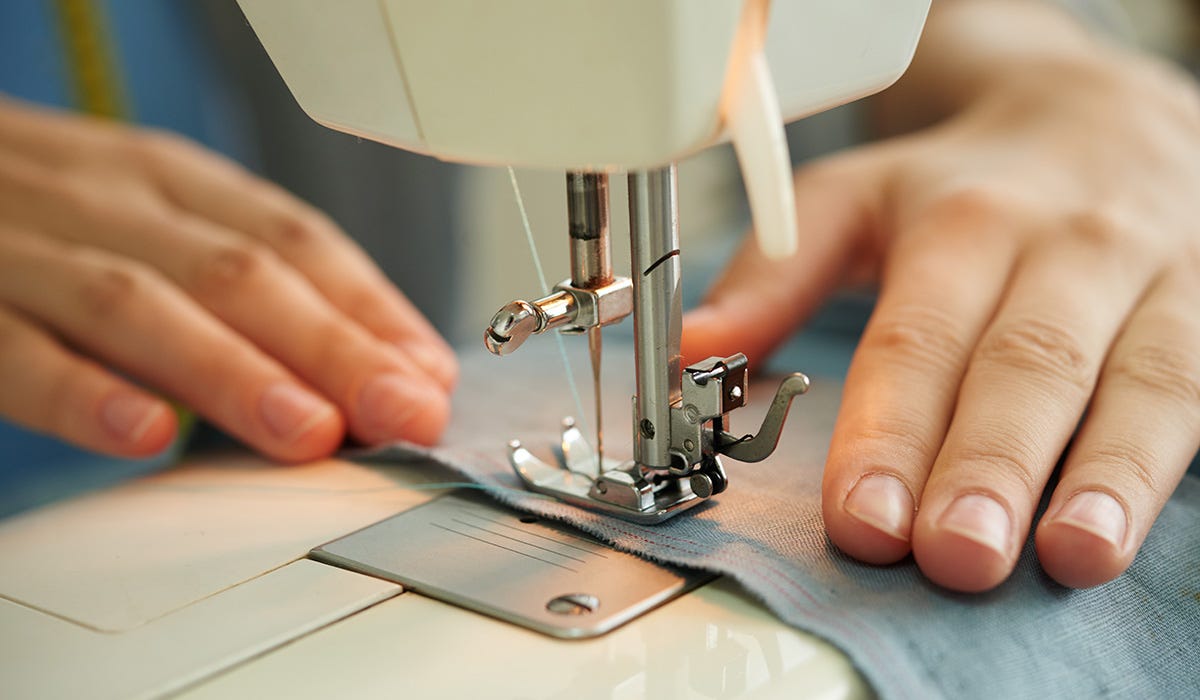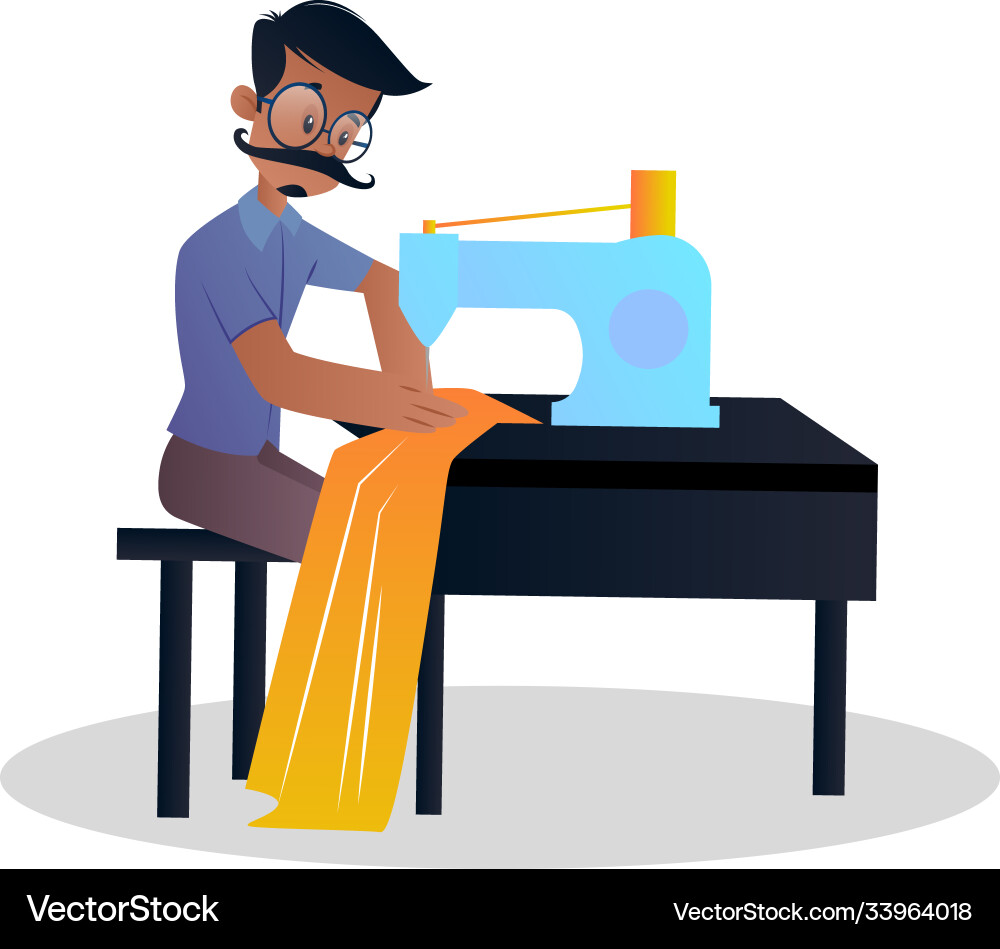Tailor Perth Specialists: Tailor-Made Solutions for Elegant Clothes
Tailor Perth Specialists: Tailor-Made Solutions for Elegant Clothes
Blog Article
Recognizing the Tailoring Refine: From Textile Option to Last Suitable for the Suitable Wardrobe
The tailoring process is an intricate interaction of art and scientific research, starting with the crucial choice of textile option and finishing in the exact modifications of last fittings. Each fabric type brings special qualities that affect not just the visual appeal however likewise the garment's durability and viability for different events. Recognizing the subtleties of customizing strategies can boost one's closet to extraordinary degrees of refinement. As we discover these elements even more, one have to consider how even the tiniest details can dramatically influence the overall outcome of one's individual style.
Significance of Fabric Choice
Choosing the ideal material is vital in the tailoring procedure, as it directly affects the convenience, sturdiness, and total visual of the final garment (tailor perth). The selection of material establishes the structure for the garment's efficiency, design, and functionality. Various textiles possess distinct residential or commercial properties, such as stretch, weight, and breathability, which can significantly affect exactly how the garment drapes and fits the body
In addition, textile selection impacts the garment's longevity and ease of care. High-grade textiles can endure damage, keeping their appearance and structure in time, while lower-quality materials might cause pilling or fading. In addition, the best material adds to the garment's capability to transition throughout periods and celebrations, thus enhancing versatility.
A customized item made from a proper material not only showcases workmanship however also boosts the user's confidence. Consequently, recognizing the subtleties of fabric selection is extremely important for any kind of tailoring endeavor. It makes certain that the end product not just fulfills the aesthetic wishes of the customer yet also lines up with functional requirements, thus accomplishing an unified equilibrium between kind and function in the customized wardrobe.
Kinds Of Fabrics and Their Uses
Recognizing the different kinds of materials readily available is crucial for making informed choices throughout the tailoring procedure. Each fabric has distinct characteristics that determine its suitability for certain garments and occasions.
Cotton, recognized for its breathability and soft qualities, is suitable for sportswear and summer season clothing. Its convenience allows it to be customized right into whatever from shirts to outfits. Wool, on the various other hand, is favored for its warmth and framework, making it an excellent option for official suits and outerwear - tailor perth. Its all-natural flexibility helps garments maintain shape gradually.
Silk exhibits high-end and is light-weight, making it best for eveningwear and fragile blouses; however, it requires cautious handling because of its frailty. Bed linen, with its distinctive coating, is a popular choice for warm climates, supplying a crisp and ventilated feeling, however it wrinkles easily, which may impact the garment's appearance.
Artificial materials, such as polyester and nylon, offer longevity and resistance to creases, making them ideal for day-to-day wear and energetic apparel. Understanding these fabric kinds and their properties permits better decision-making, guaranteeing that each tailored piece not only fits well yet additionally straightens with the designated function and event.
The Tailoring Techniques Explained
The art of customizing depends on a selection of methods that transform fabric right into well-fitted garments. Central to this procedure is pattern preparing, where a tailor develops layouts based upon the client's dimensions and preferred style. This initial action makes sure that the garment will fit the user appropriately before any reducing happens.
When patterns are established, reducing strategies enter into play. Precision is critical as inaccuracies can lead to misfitting garments. Tailors commonly make use of different cutting approaches, such as single-layer cutting for detailed styles and multiple-layer cutting for performance on conventional patterns.
Basting is another necessary technique, permitting tailors to momentarily stitch textile pieces with each other for a preliminary installation. This technique offers the chance to assess the drape and total silhouette before last stitching.
Seaming strategies, including french joints and flat-felled joints, enhance the garment's durability and visual charm. Tailors likewise use methods such as interfacing and padding to supply structure and shape to certain areas, like shoulders and collars.
Lastly, completing strategies, including hemming and edge completing, ensure the garment's durability while supplying a sleek look. Together, these strategies create the backbone of efficient customizing, resulting in splendid, tailor-made garments.
Fitting Modifications and Considerations

Trick considerations include the shoulder fit, which should neither droop neither limit motion, and the sleeve length, which should enable comfortable arm motion while keeping a sleek look. Additionally, changes at the waist can fine-tune the silhouette, with alternatives to allow out or take in textile as required.
The rise of pants is one more vital element; it should rest conveniently over the hips without creating pain, allowing for convenience of motion. Hemming lengths for both trousers and skirts ought to mirror the user's favored design while appreciating proportions.

Maintaining Your Tailored Clothes
Always comply with the care label directions, which may advise completely dry cleansing for fragile textiles or maker cleaning for even more durable products. Prevent regular laundering, as this can use down the material and alter the garment's form.
Storage space is similarly essential; use cushioned wall mounts for layers and coats to preserve shoulder structure, and shop trousers folded nicely or hung to stop creasing. Secure garments from direct sunlight, which can discolor colors and damage fibers.
Additionally, routine assessments for minor repair work can prevent bigger problems. Check for loosened buttons, fraying joints, or indications of moth damage, resolving these problems immediately to preserve the garment's stability.
Finally, think about seasonal rotation. Wearing this page customized items in moderation allows materials to recoup, prolonging their lifespan. By applying these maintenance strategies, you can make sure that your tailored garments stay as pristine as the day you initially used them, improving your perfect closet for years to find.
Conclusion
The tailoring process, encompassing material choice, proficient strategies, and specific suitable changes, plays a crucial role in producing garments that improve both comfort and style. Comprehending the value of upkeep expands the life of customized garments, strengthening their worth in a well-curated wardrobe.
Choosing the right fabric is important in the customizing procedure, as it directly affects the convenience, durability, and total visual of the final garment. The choice of textile establishes the foundation for the garment's design, performance, and performance. Different textiles have distinct residential or commercial properties, such as breathability, stretch, and weight, which can significantly influence exactly how the garment drapes and fits the body.
The art of tailoring counts on a range of techniques that change material right into well-fitted garments.The tailoring process, incorporating material selection, skilled strategies, and accurate suitable modifications, plays an important role in creating garments that boost both comfort and style.
Report this page